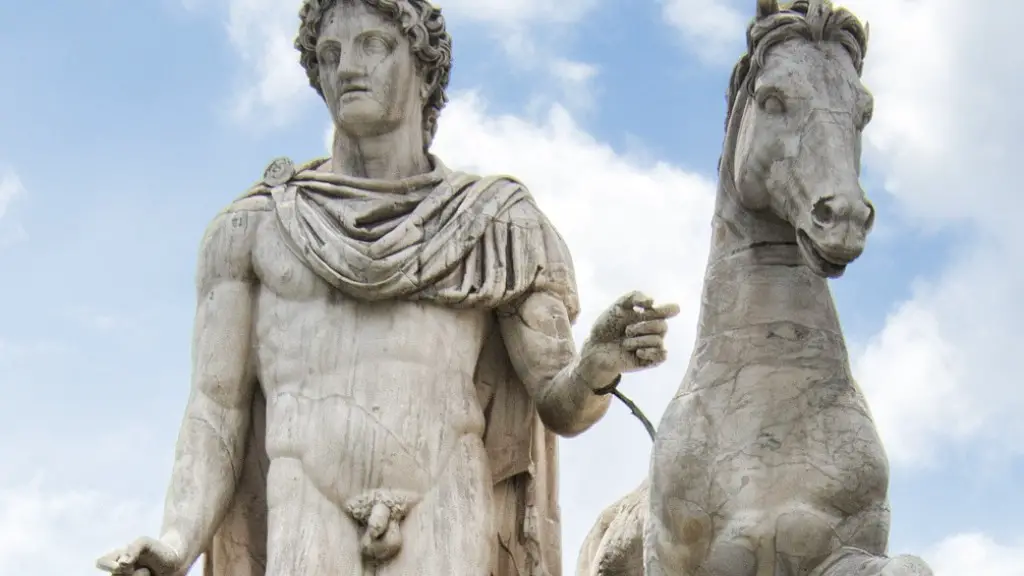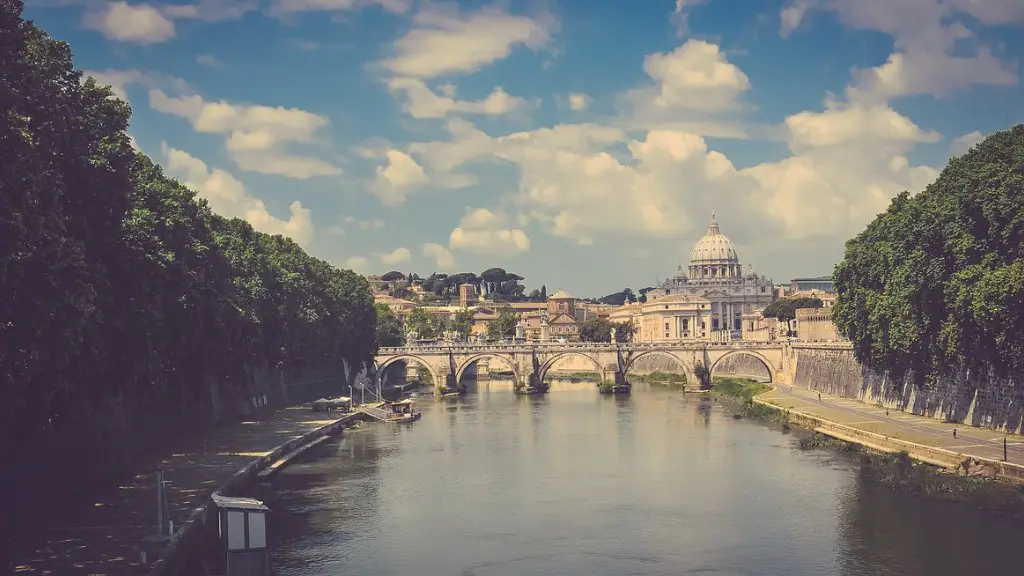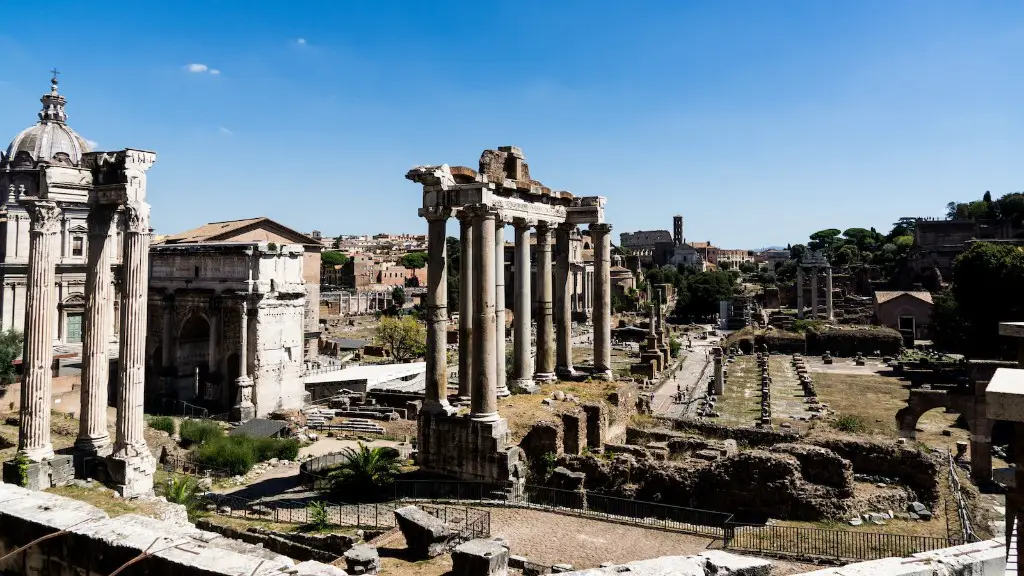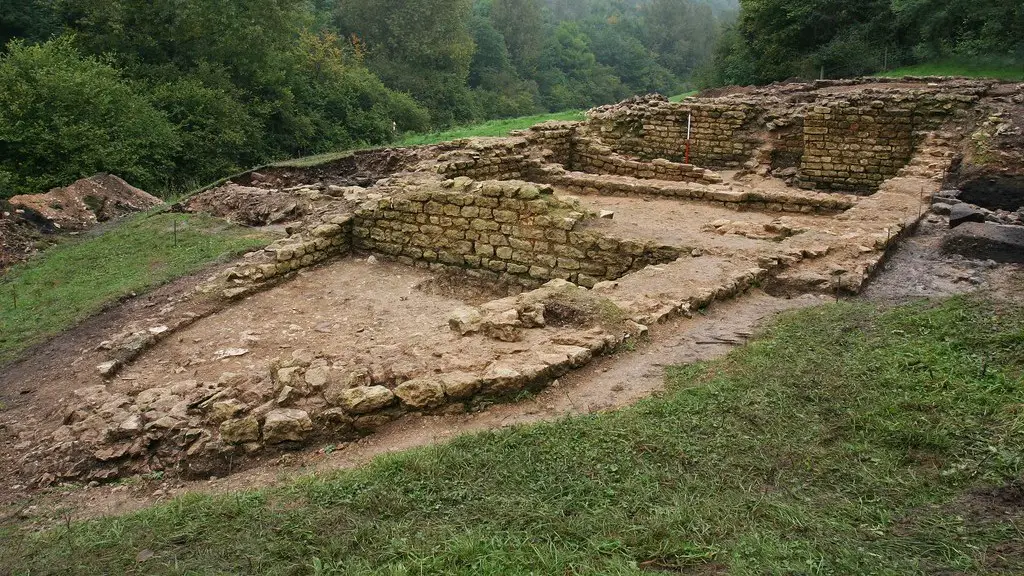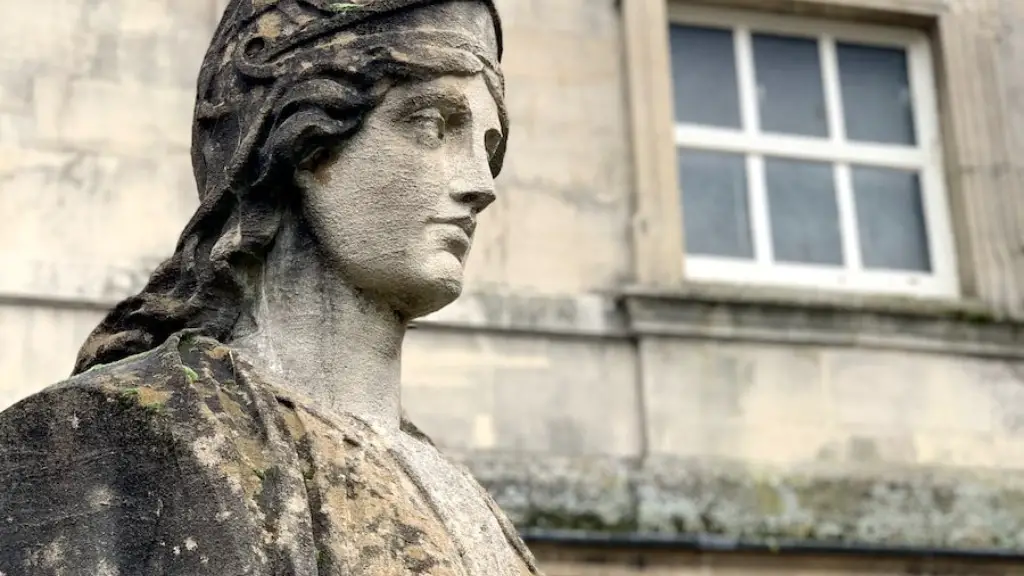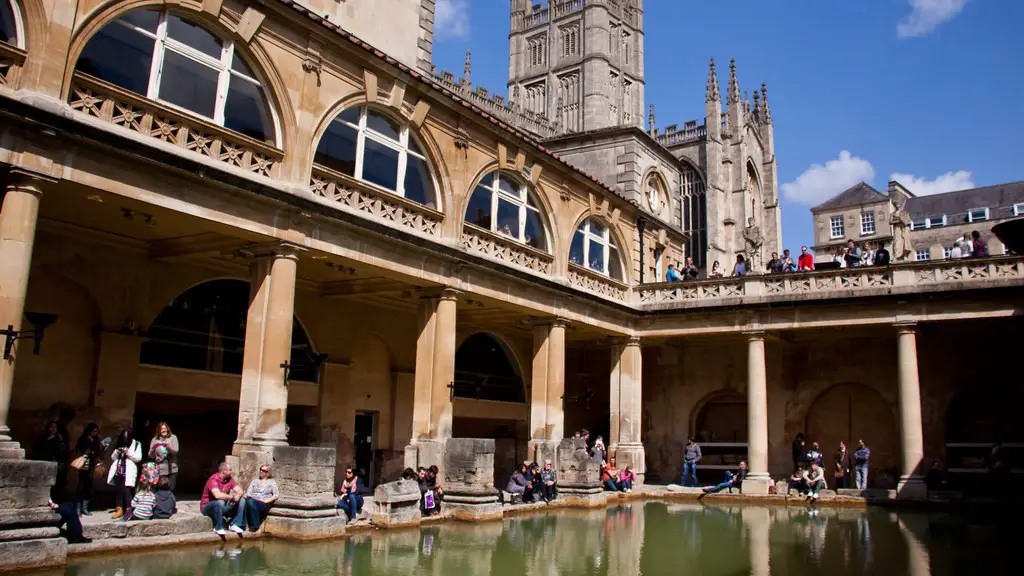In ancient Rome, aqueducts were built to transport water from distant sources into the city. The water was used for public baths, fountains, and toilets. The aqueducts were also used to supply water to the homes of the wealthy.
The Roman aqueducts were a complex and sophisticated network of water channels and reservoirs built to supply water to Roman cities and towns. The aqueducts were not only a feat of engineering, but also a symbol of the Roman Empire’s power and prosperity.
What impact did Roman aqueducts have?
Aqueducts are water channels that are used to transport water from one place to another. They have been used throughout history to transport water to areas that do not have direct access to fresh water sources. Aqueducts help to keep drinking water clean and free of contamination, which is important for public health. In cities with primitive sewerage systems, aqueducts can be a vital part of keeping the water supply clean and safe to drink.
Aqueducts have been and continue to be an important way to get water from one place to another. They are essential to get water from a place where it exists in ample supply to where it is scarce. Aqueducts were first used in ancient Rome, Italy and are still in use today in California.
Why were the aqueducts of Rome such a major achievement
Aqueducts were first developed around 312 BC and were used to transport water along stone, lead, and concrete pipelines into city centers. Aqueducts were important in promoting public health and sanitation as they liberated Roman cities from reliance on nearby water supplies.
Aqueducts were a common feature in Roman life, and they provided a number of benefits for both urban and rural dwellers. In cities, aqueducts supplied clean water for drinking, bathing, and other domestic uses, and they also helped to flush away waste. In the countryside, aqueducts facilitated agricultural work, and farmers were permitted to draw water from the structures under permit and at set times. Industrial uses for aqueducts included hydraulic mining and flour mills.
What are some facts about aqueducts in ancient Rome?
Aqueducts are one of the key features of Rome. This city alone had over 480 miles of aqueducts, about 29 of which were above ground, and brought in 300 million gallons of water per day. When Rome became an empire and spread across Europe, the Romans introduced aqueducts into their new colonies.
The Roman aqueducts are a remarkable feat of engineering. They were built using a mixture of stone, brick and a volcanic cement known as pozzolana, which held everything together in place. This innovative substance allowed the aqueducts to stay strong and many of them are still standing today.
What were the negatives of aqueducts?
Aqueducts were a vital part of many ancient civilizations, providing fresh water for cities and towns. However, there were also disadvantages to this type of water supply. Cities could become dependent on the aqueducts, and in times of war, the besieger of a town could pollute the water or cut off the supply. There are even examples where aqueduct channels were used to infiltrate a town!
The Roman aqueducts were an impressive feat of engineering, but they were not always well-maintained. This led to many leaks, which meant that the water inside the aqueducts was not always running.
What are two facts about aqueducts
Aqueducts are one of the most impressive feats of Roman engineering. Here are six facts about these ancient water systems:
1. Romans built aqueducts from stone, bricks, and cement.
2. Aqueducts needed a huge amount of maintenance.
3. Aqueducts relied on a downward slope.
4. The city of Rome alone had 11 different aqueducts.
5. Aqueducts were used to transport water for public baths, latrines, and fountains.
6. Some aqueducts are still in use today.
The Ancient Romans were very ingenious in their design of aqueducts. By incorporating zigzags into the design, they were able to encourage a slowing of the water. This allowed impurities to be removed from the water. Additionally, the aqueducts allowed water to be exposed to air. This aeration improved the quality of the water. Finally, manual removal of impurities was also used to ensure the water was of the highest quality possible.
Why did people stop using aqueducts?
The decline of aqueducts was a devastating blow to large cities like Rome. Population decline was a direct result of the lack of access to clean water. Without aqueducts, people were forced to rely on contaminated surface water, which led to a host of waterborne diseases. The decline of aqueducts also meant that people were unable to irrigate their crops, which led to widespread famine.
The Roman aqueducts are one of the most impressive engineering feats of the ancient world. Aqueducts were used to transport water over long distances, and the Roman aqueducts were some of the longest and most sophisticated in the ancient world. The aqueducts supplied fresh, clean water for baths, fountains, and drinking water for ordinary citizens. The aqueducts were also used to supply water for irrigation, and to flush out the sewers.
How did Roman aqueducts move water uphill
Siphons are an interesting way to move water from one place to another. By creating a dip in the land, water can be made to flow uphill! This is the same principle that is used in toilets to flush the water away.
The development of aqueduct technology was a turning point in the history of Rome and had a profound impact on the city’s growth and development. Aqueducts allowed Rome to bring in fresh water from distant sources, greatly increasing the city’s water supply. This not only had a practical impact on the everyday lives of Roman citizens, but also allowed for the growth of the city as a whole. Aqueducts allowed Rome to become one of the largest and most influential cities in the ancient world.
How much water did Roman aqueducts carry?
The aqueducts were a huge feat of engineering and supplied a huge amount of water to the city of Rome. It is estimated that each person living in Rome at the time used about 200 gallons of water per day. This was a huge difference from other cities of the time which often did not have enough clean water to go around.
The aqueduct, which began construction in the year 38, was a massive undertaking that brought water nearly 90 miles from a river in the Apennine Mountains into Rome. This monumental feat of engineering helped the city’s population to double, and allowed the ancient Romans to enjoy a level of comfort and luxury that was unrivaled at the time.
Final Words
Aqueducts were built to bring water from afar to ancient Rome.
Aqueducts were used to transport water from natural sources outside the city to public baths, fountains, and private homes inside the city. They were also used to transport sewage away from the city.
